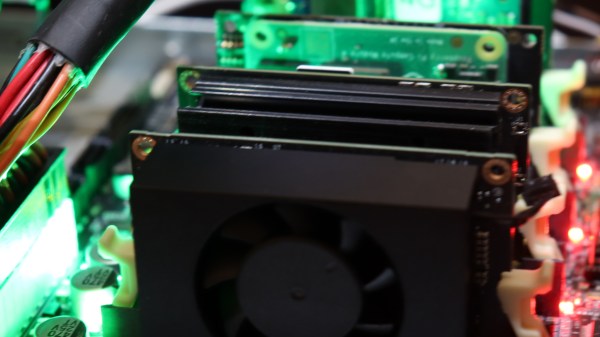There’s a problem in the unrar utility, and as a result, the Zimbra mail server was vulnerable to Remote Code Execution by simply sending an email. So first, unrar is a source-available command-line application made by RarLab, the same folks behind WinRAR. CVE-2022-30333 is the vulnerability there, and it’s a classic path traversal on archive extraction. One of the ways this attack is normally pulled off is by extracting a symlink to the intended destination, which then points to a location that should be restricted. unrar has code hardening against this attack, but is sabotaged by its cross-platform support. On a Unix machine, the archive is checked for any symbolic links containing the ../ pattern. After this check is completed, a function runs to convert any Windows paths to Unix notation. As such, the simply bypass is to include symlinks using ..\ traversal, which don’t get caught by the check, and then are converted to working directories.
That was bad enough, but Zimbra made it worse by automatically extracting .rar attachments on incoming emails, in order to run a virus and spam check. That extraction isn’t sandboxed, so an attacker’s files are written anywhere on the filesystem the zimbra user can write. It’s not hard to imagine how this turns into a full RCE very quickly. If you have an unrar binary based on RarLab code, check for version 6.1.7 or 6.12 of their binary release. While Zimbra was the application specifically called out, there are likely to be other cases where this could be used for exploitation.
Continue reading “This Week In Security: Zimbra RCE, Routers Under Attack, And Old Tricks In WebAssembly”












